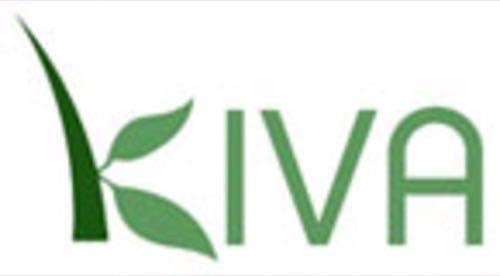Today, the much-lauded microlender Kiva announced it will begin a pilot program of loans to U.S. small enterprise. Kiva began in Africa, and after four years has since expanded to 44 countries, mostly in the developing world.

The test will start with 45 U.S. businesses, ranging from baked goods deliveries to child care and taxi drivers. For now, the loans are limited to New York and California, though Kiva is actively seeking new Field Partners to move in to more regions in the U.S.
The Kiva platform works basically as a middle man, providing profiles of entrepreneurs for lenders to choose from, collecting the funds to be distributed through Kiva partners, and giving the capital back to lenders (either to re-lend, keep, or donate to Kiva) once a loan has been repaid. To date, more than $75 million for entrepreneurs in the developing world has been raised through the site.
The Pilot Program
Kiva will work with two initial field partners for its U.S. loans:
, a non-profit microfinance institute, and
, a community development fund which works in California. A handful of the more popular entrepreneurs – such as in catering, child or elder care, and retail – have already been fully-funded or near to it.

Is Giving in the U.S. As Good?
Poverty is poverty.
There’s no doubt that even prior to the credit crisis, U.S. small business had trouble getting capital. But the cold fact remains that $1,000 provides more leverage to a small business in Ghana than it does to one in Palo Alto. Microfinance for entrepreneurs in highly-developed countries may simply not be the most efficient use of funds to help small business.
Another facet to the new Kiva program is the potential for lenders from other countries to finance U.S small business. The vision Kiva sees, with a “Guatemalan woman making a loan to an entrepreneur in Detroit”, might border on absurdity in the eyes of some.
Admittedly though, lending through Kiva doesn’t revolve around economic efficiency. The incentive for lenders is one of emotion, of choosing the entrepreneur that you feel most needs a loan, and then seeing your investment have a positive effect. With that notion in mind, expanding Kiva in to the U.S. during an economic crisis might just be a brilliant move.










